SART (Search and Rescue Transponder)
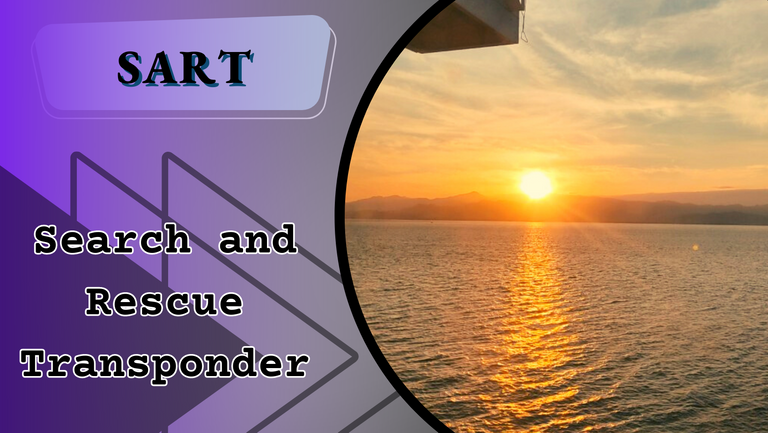

Saludos a los lectores y escritores de la plataforma Hive, me presento como Ricardo Garate, venezolano y antiguo usuario de Hive desde hace varios años, incluso cuando antes era Steemit. Hoy comenzaré un nuevo tipo de post educativo, por dos motivos muy importantes. El primero que es el que me motiva es el de mantener los conocimientos adquiridos durante mis pasantías frescas para el momento de terminar los procesos de graduación, no perder noción de mi ámbito laboral. Lo segundo es para impartir mis conocimientos a los lectores y conozcan un poco más de mi carrera, que muchas veces es desconocida para la gente.
Como futuro tercer oficial de la marina mercante que voy a ejercer, debo estar a cargo de los equipos de salvamento. Debo verificar su buen funcionamiento y hacerle su respectivo mantenimiento si lo requiere.
El dispositivo que a continuación dará inicio a mis siguientes publicaciones de marina mercante es el SART (Search and Rescue Transponder).
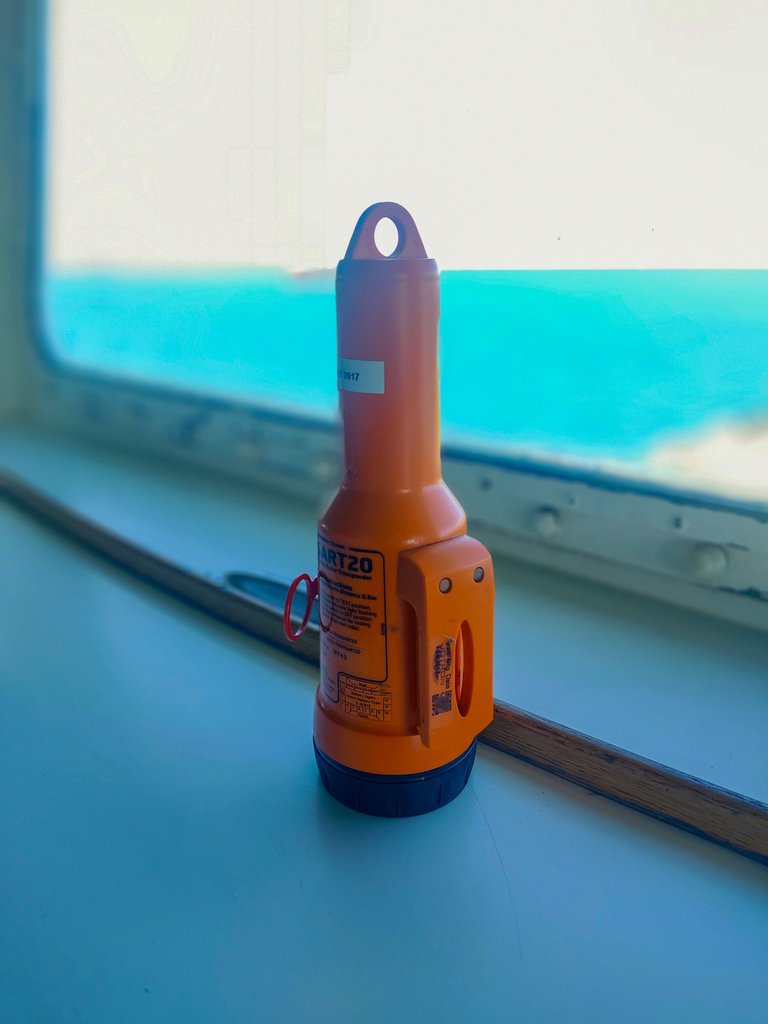
Este es un equipo de salvamento, su importancia es esencial para ayudar a localizar la posición en caso de un siniestro y haya que abandonar la embarcación.
Es obligatorio que un buque cuente con estos equipos, esto está establecido por el convenio marítimo internacional SOLAS ("Safety of Life at Sea) y en el código marítimo LSA (Life-Saving Appliance Code) en el cual se establece las características con que debe contar y cuántos debe haber a bordo, así como los requerimientos mínimos que debe cumplir para ser considerado apto su funcionamiento a bordo.
Normalmente, debe haber dos ubicados en cada costado del puente de mando. Como ya se dijo, es el medio principal para localizar embarcaciones de supervivencia o buques en peligro. El equipo es un receptor y transmisor que emite una señal omnidireccional que es registrado por los radares de los buques, funciona por medio de una batería de larga duración. Una vez accionado tiene un tiempo operativo standby de al menos 96 h, más otras 8 h en caso de que haya sido registrado por un radar.
Operación del equipo
Como ya se dijo, el SART envía una señal que es recibida por el radar de un buque o hasta de un avión. Opera en una frecuencia de 9 GHz, en esta banda de frecuencia es capaz de ser registrada por un radar banda X. El mayor de los casos el SART es de activación manual, depende del diseño.
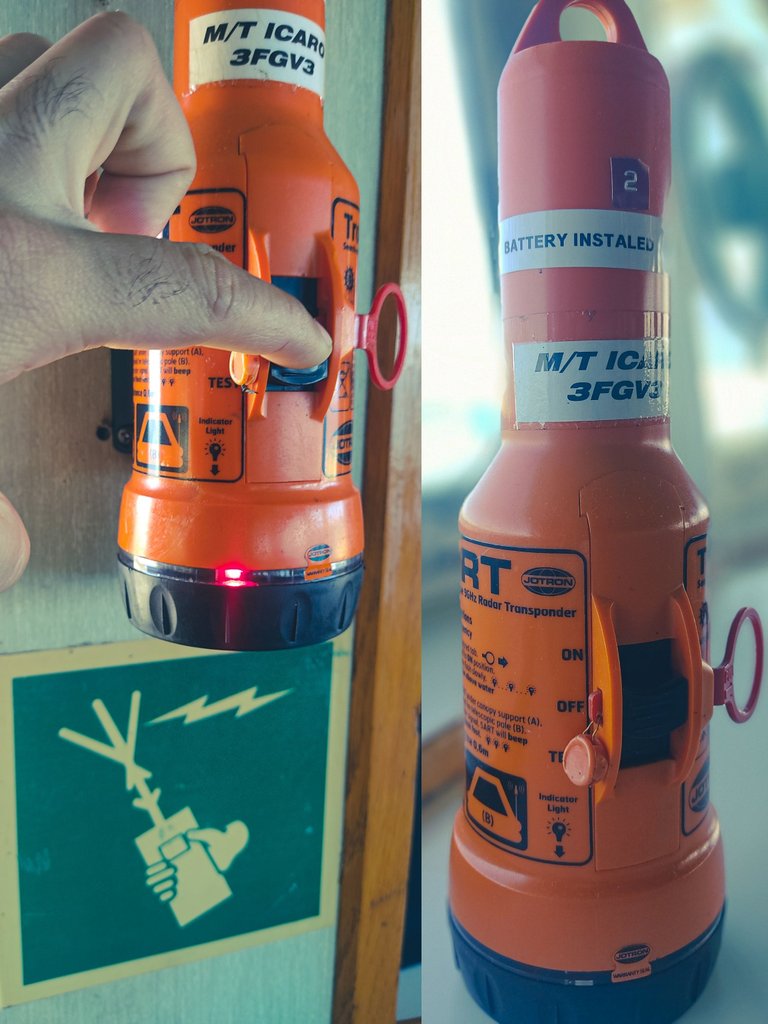
El equipo es de fácil uso, sus instrucciones están marcadas en los costados del equipo. Estas señales pueden ser captadas hasta 12 millas de cualquier buque, avión o helicóptero que cuente con un radar banda x, a medida que es reconocida por el radar dependerá de su figura. Siendo una serie de líneas intermitentes, a medida que el buque se va acercando la señal va cambiando de forma hasta volverse círculos concéntricos al estar a menos de 1 milla náutica.
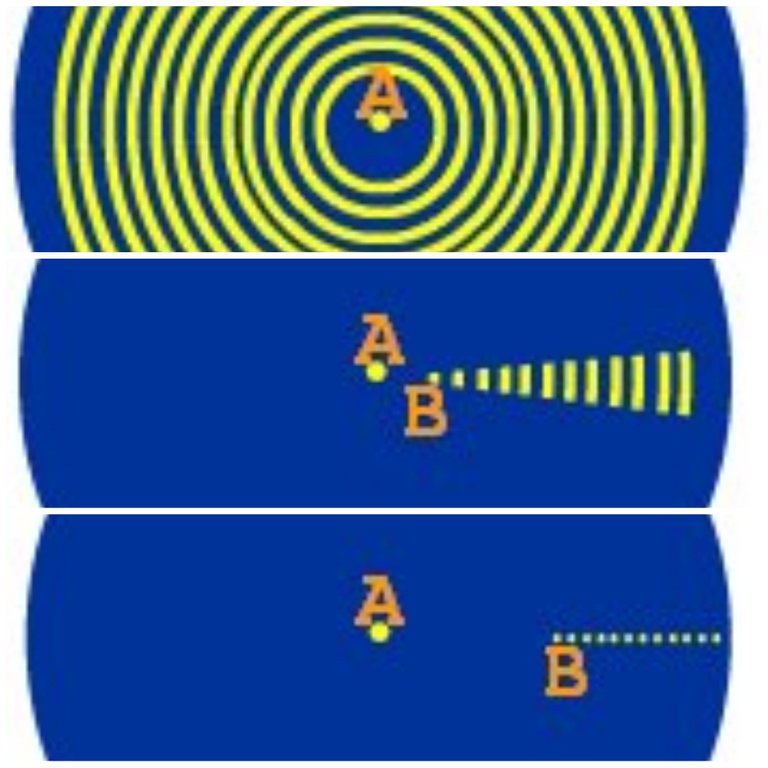
Diferentes visualizaciones al aproximarse
Marine Insight
Un SART jamás será detectado por un radar banda S.
Otro dato curioso es que al ser registrado por un radar, El SART emitirá una indicación visible y audible. Además, el SART deberá estar estibado a una altura al menos 1 metros sobre el nivel mar para mejorar la distancia que pueda ser detectado.
Mantenimiento
Es obligatorio e indispensable hacer una inspección semanal, mensual y anual al equipo. Mayormente, se revisa el estado de las baterías y que sea reemplazada cada cinco años, así como que cuente con su certificado de validez. Además, se le hará una prueba o test para ver que realiza su propósito sin problemas.
El equipo cuenta con un botón para proceder con el test. En el cual se certifica que el equipo emite la señal visual y sonora, así como que sea detectado por el radar en el buque. Esto debe hacerse en menos de cinco minutos.
¿Les pareció interesante? Dejen sus comentarios
ENGLISH
Greetings to the readers and writers of the Hive platform, I introduce myself as Ricardo Garate, Venezuelan and former Hive user for several years, even when I was Steemit before. Today I am going to start a new type of educational post for two very important reasons. The first one, which is what motivates me, is to keep the knowledge acquired during my internships fresh for the moment of finishing the graduation process, not to lose track of my working environment. The second is to share my knowledge with the readers so that they can learn a little more about my career, which is often unknown to people.
As a future third officer in the merchant navy, I have to be responsible for the salvage equipment. I have to make sure it is working properly and do the necessary maintenance when it is needed. The device that will start my next merchant marine publications is the SART (Search and Rescue Transponder).

This is a life-saving device, its importance is essential to locate the position in case of an accident and the ship has to be abandoned.
It is mandatory for a vessel to have this equipment, this is established by the International Maritime Convention SOLAS ("Safety of Life at Sea") and in the Maritime Code LSA (Life-Saving Appliance Code), which establishes the characteristics it must have and how many must be on board, as well as the minimum requirements it must meet to be considered suitable for use on board.
Normally there should be two on each side of the wheelhouse. As mentioned above, it is the primary means of locating survival craft or vessels in distress. The device is a receiver and transmitter that emits an omnidirectional signal that is picked up by the ship's radars, and is powered by a long-lasting battery. Once powered, it has a standby time of at least 96 hours, plus an additional 8 hours if a radar detects it.
Equipment Operation
As mentioned above, the SART transmits a signal that is received by a ship's or aircraft's radar. It operates at a frequency of 9 GHz, which is the frequency band in which it can be detected by an X-band radar. In most cases, the SART is activated manually, depending on the design.
The device is easy to use and instructions are printed on the side of the device. These signals can be detected up to 12 miles (about 19 km) away of any ship, aircraft or helicopter equipped with x-band radar. The extent to which it is detected by the radar depends on its shape. As a series of intermittent lines, the signal changes shape as the vessel approaches, becoming concentric circles when the vessel is less than 1 nautical mile away.

Different visualizations when approaching
Marine Insight
A SART will never be detected by an S-band radar.
Another curious fact is that if the SART is detected by radar, it will emit a visual and audible signal. In addition, the SART should be stowed at least 1 meter above sea level to improve its detection range.
Maintenance Procedures
A weekly, monthly, and annual inspection of the unit is mandatory and essential. In most cases, the condition of the batteries is checked and they are replaced every five years. In addition, the device is tested to ensure that it is functioning properly.

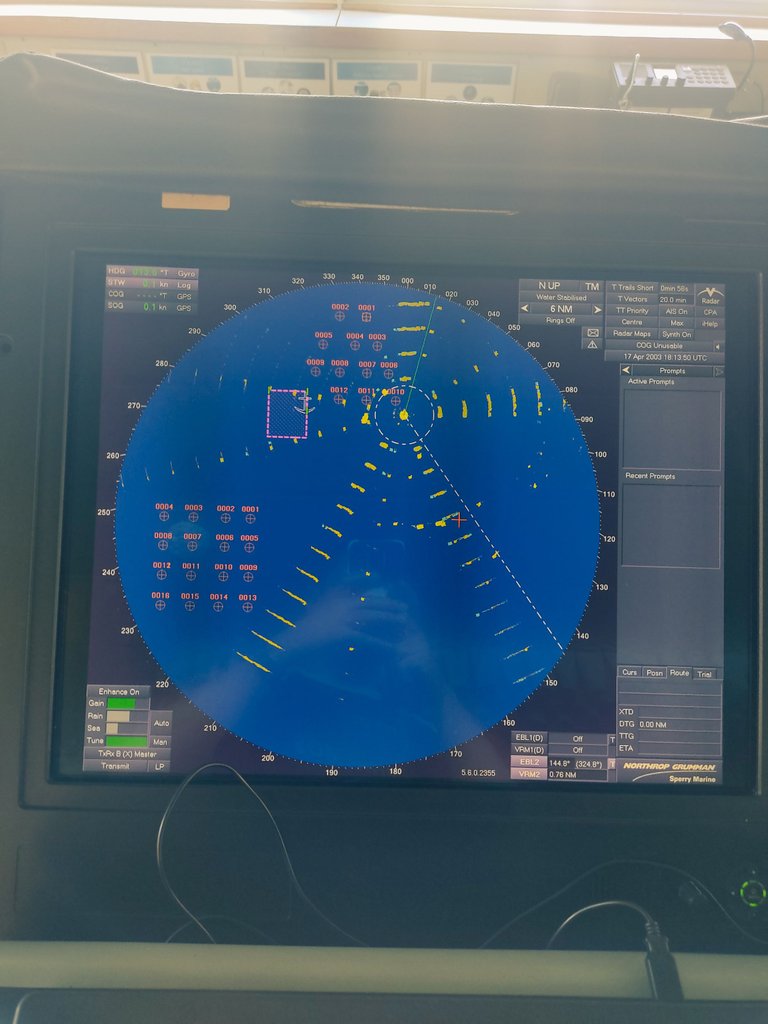
The device has a button to start the test. This test certifies that the equipment emits the visual and audible signals and is detected by the vessel's radar. The test must be completed in less than five minutes.
Did you find this interesting? Leave your comments


References:
Cover and Banner made in Canva; Author's own image taken with Xiaomi Redmi Note 9 S, Separators made in photoshop